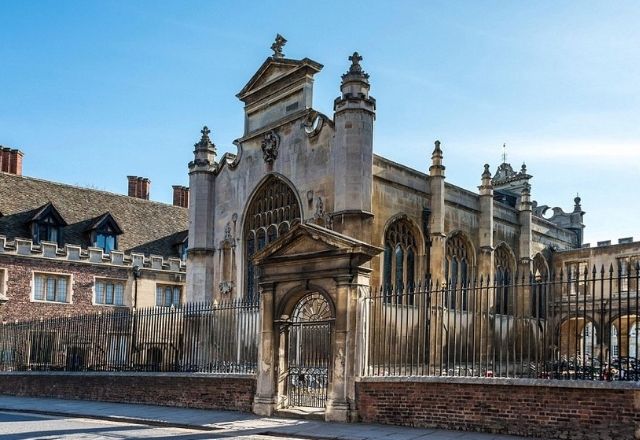The musical world is slowly waking up and it was lovely on a very sunny Friday to travel to Cambridge to voice and regulate a Viscount Organ in a very special location.
Oxford and Cambridge must due to the large number of college chapels possibly have the greatest number of pipe organs to the square mile of any place on the planet. These are wonderful buildings in a variety of styles ranging from the spectacular majesty of Kings College Chapel to the far more intimate space I was to find at Peterhouse.
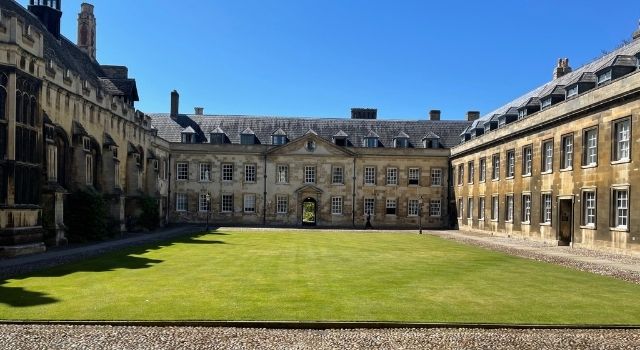
In writing this blog I learn that Peterhouse is actually the oldest of all the Cambridge Colleges founded in 1284. The Chapel of course is much later built in 1628 when Matthew Wren, Christopher Wrens’ uncle was Master of the College.
Below is a very rare view of the west end window streaming light into what must always be a rather dimly illuminated interior when the organ is there to block out the light.
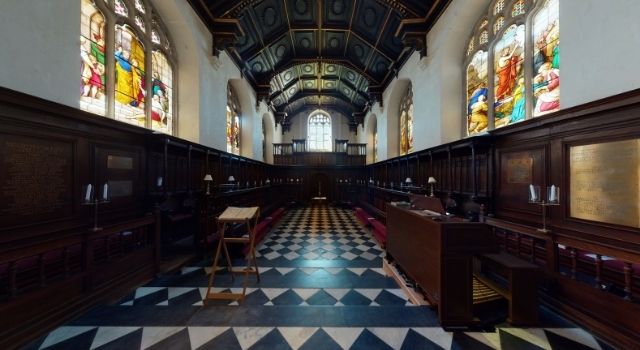
You can also take a 3D tour of the chapel below.
Why a digital organ at Peterhouse College?
So what is a digital organ supplier doing in a venerable Cambridge College Chapel? Especially one with a well loved and historic organ with pipe work by renowned organ builder ‘Snetzler’.
Snetzler was Swiss but nearly all his work was carried out in Britain, the Peterhouse instrument dating from 1765 although reworked by Hill in 1894 and again by Mander in 1964 as the entry in in the National Pipe Organ Register tells us.
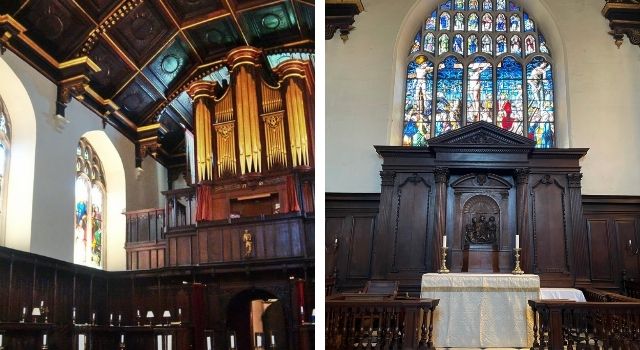
The instrument is now undergoing a comprehensive restoration by world renowned organ builder Flentrop in Holland who by the way are also working on the restoration of the large Cavaille-Coll instrument built for Manchester Town Hall.
The pandemic has greatly delayed this work and with the organ removed Peterhouse face 2 years without an instrument. The prospect of normal life returning to college services and hopefully singing returning prompted Director of Music Simon Jackson to investigate hire of an organ for this 2 year period.
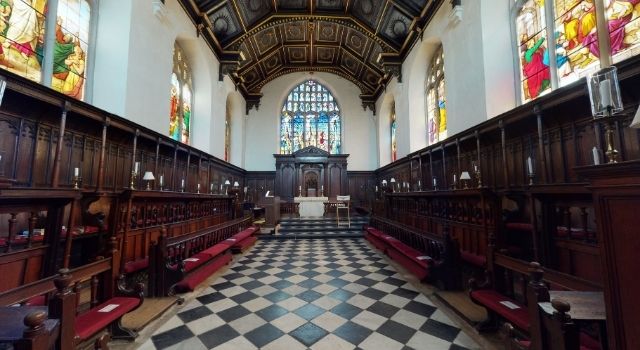
A long-term practice organ for Peterhouse students
An enlightened approach led to the conclusion that it was a better plan to purchase an instrument. In 2 years time the digital organ could be relocated to a new music practice room and become an additional practice resource, especially as it seems Peterhouse have students beyond the organ scholars interested in playing the organ.
The restored Peterhouse instrument will be a very special instrument of its time so perhaps not ideal for much of the more recent romantic organ repertoire.
A digital instrument would offer a different sound pallet easily accessible to students so the purchase was justified. Meanwhile the speaker system needed in the chapel has been hired to cover the 2 years until the pipe organ returns.
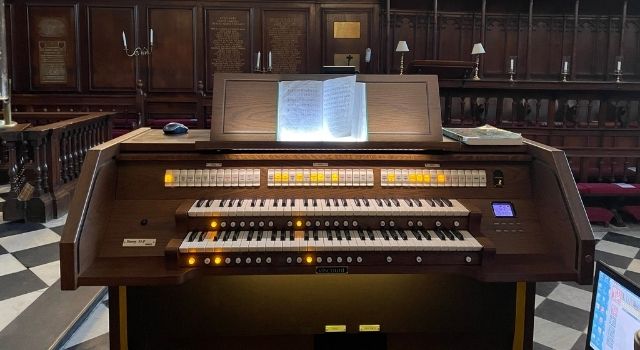
An unusual feature of the Flentrop restoration will result in an instrument with two consoles.
At one side of the instrument there will be a console without a pedal board as would have existed when the instrument was first built. From this console only the Snetzler pipe work will be accessible allowing students to experience, with total authenticity, what the musicians from 1765 onwards would have had to hand. How exceptionally enterprising is that feature of the work.
Another Cambridge College added to list of Viscount Organs customers
So I am delighted to report that another Cambridge College has been added to the list of Viscount instrument owners, all essentially for additional practice requirements.
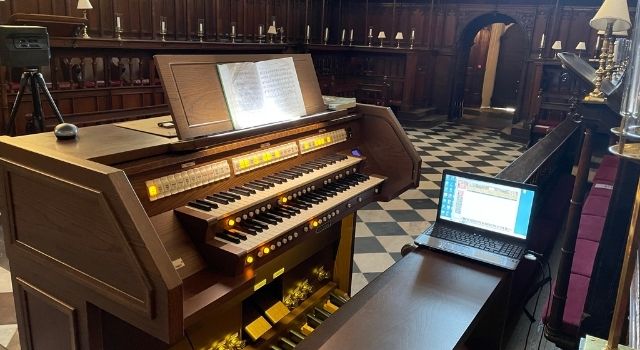
Come on Oxford, you are 3 nil down to your historic rival seat of scholarly learning. We are only 10 miles up the road in Bicester.
Why not put a practice organ in the organ scholars rooms rather than a piano? Follow the lead started by King’s College and now Peterhouse.
I have had a passion for church organs since the tender age of 12. I own and run Viscount Organs with a close attention to the detail that musicians appreciate; and a clear understanding of the benefits of digital technology and keeping to the traditional and emotional elements of organ playing.
